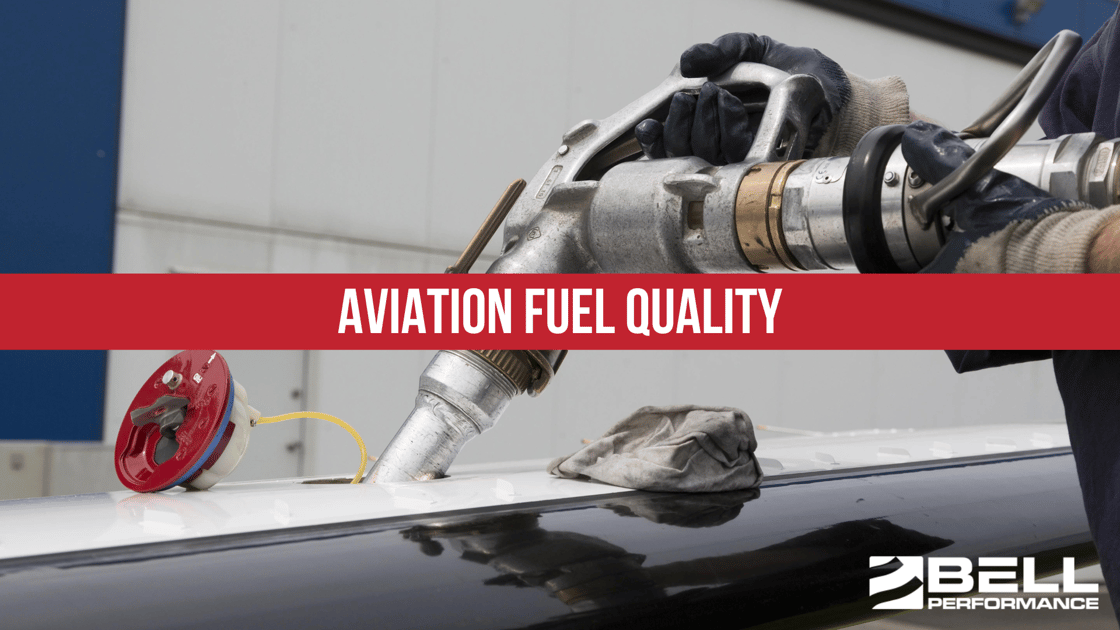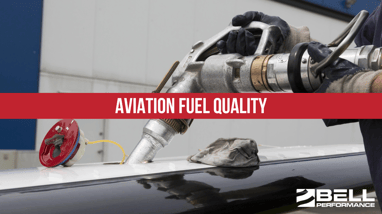
When talking about aviation fuel quality, it's impossible to have a full discussion without dealing water and microbial growth.
 Eliminating water or keeping water out of jet fuel is necessary at all levels of the aviation industry in order to minimize the risks of fuel contamination (among other things). Yet it’s widely known that fully removing all water all the time is almost an impossible proposition. And it’s worse yet for non-commercial aircraft that spend more time on the ground than their commercial counterparts that spend more constant time in air operation. The fact that it's almost impossible to keep 100% of the water out in day-to-day operations is made worse by the fact that business and private jets may be on the ground for days or even weeks at a time when compared to their larger cousins, the commercial aircraft.
Eliminating water or keeping water out of jet fuel is necessary at all levels of the aviation industry in order to minimize the risks of fuel contamination (among other things). Yet it’s widely known that fully removing all water all the time is almost an impossible proposition. And it’s worse yet for non-commercial aircraft that spend more time on the ground than their commercial counterparts that spend more constant time in air operation. The fact that it's almost impossible to keep 100% of the water out in day-to-day operations is made worse by the fact that business and private jets may be on the ground for days or even weeks at a time when compared to their larger cousins, the commercial aircraft.
Any water bottom present in fuel systems creates an ideal situation to lead to the growth of microbiological contamination, especially if the plane is fueled less frequently. Ideal housekeeping measures would focus on regular water removal, going as far as daily draining of storage tanks and filter vessels - some airports do this.
Microbial Growth Destroys Aviation Fuel Quality
It’s important to realize how water is essential for microbial growth to establish itself and progress toward heavy contamination. Production of microbial biomass can follow, affecting fuel quality through particulate contamination. The fuel may also be contaminated with microbial byproducts like biosurfactants and sulfides, neither of which are desirable to see in aviation fuel. All this is despite microbial contamination levels not being covered under the normal fuel specifications like ASTM D1655 and DEFSTAN 91-91.
Microbial contamination is both a serious problem and a unique one at the same time. Severe microbial growth can easily lead to failing fuel specifications - a serious issue. They are also the kind of problems that may magnify themselves simply by being transported from one place to another. If contaminated fuel is uplifted into an aircraft, you’ve got the potential for serious problems.
Monitoring Microbial Problems Is a Necessity
The industry is aware of the potential for such serious issues. IAT, JIG, ASTM, and other groups thus provide guidance on preventing microbial growth in the fuel supply chain. They also emphasize prevention within aircraft tanks themselves, in part because the options for biocide usage to kill existing contamination are so limited in aviation situations.
This is where the importance of monitoring comes to the forefront. Because the industry cannot rely on reactive measures like biocide treatment, regular monitoring for microbial presence is an absolute necessity for aviation fuel. Without it, the fuel systems run the risk of expensive and extensive downtime to allow for physical cleaning.
Microbial testing can be a useful tool in fuel quality monitoring procedures, for several reasons. The first is an obvious one - microbial testing is the only thing that will show you the true levels of microbial presence in aviation systems. Incorporating microbial testing as part of monitoring also keeps the user from having to rely on less reliable and more arduous “secondary signs” to indicate microbial contamination, like looking for microbial biomass presence or filter plugging. These may be secondary signs of microbial presence but are poor substitutes for actual testing for the level of microbial presence in aviation systems.



